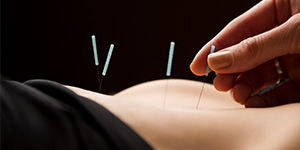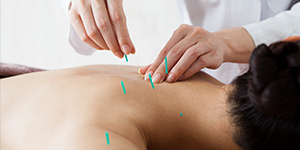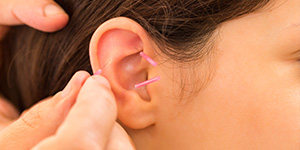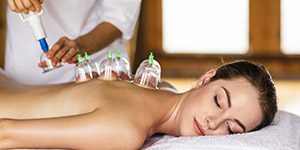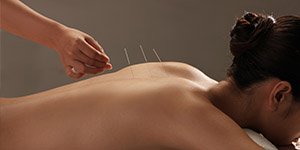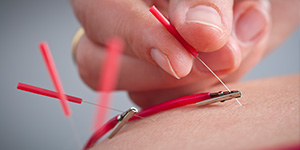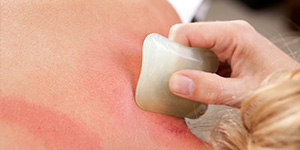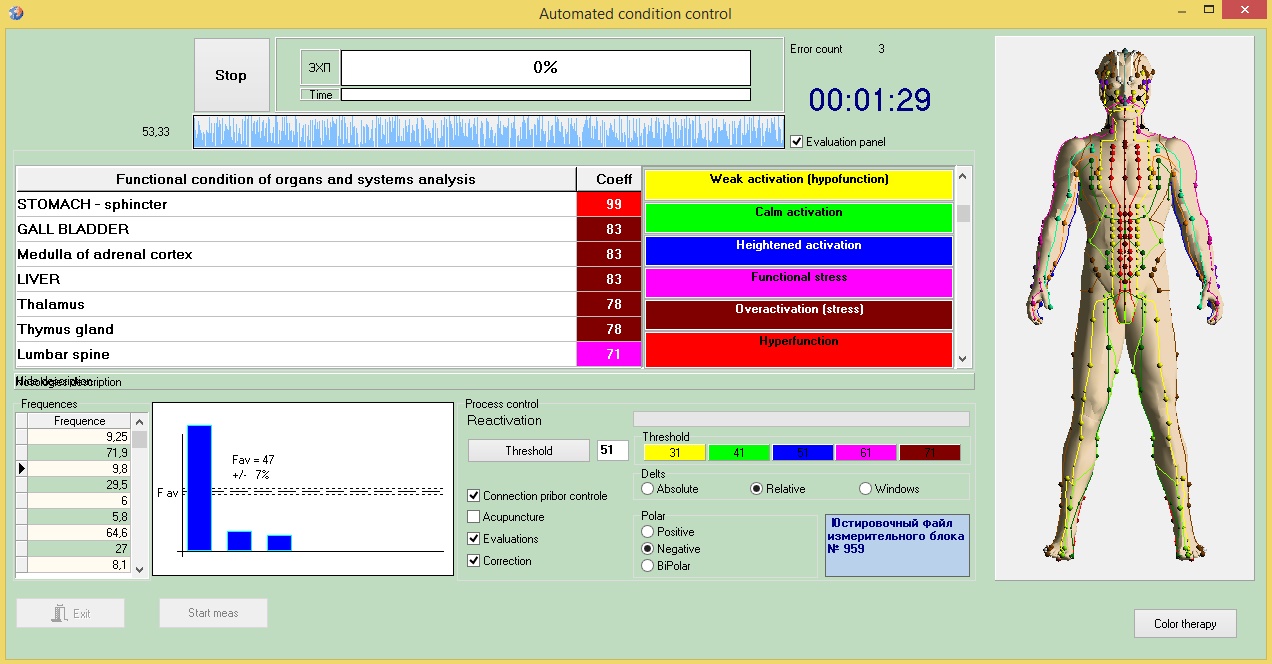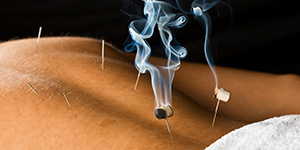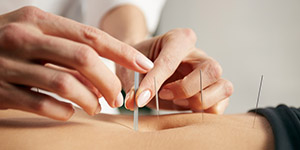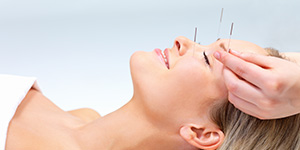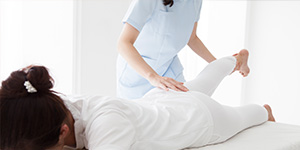auricular acupuncture AA (introduction)
AA is based on the somatotopic (point-for-point correspondence of an area of the body to a specific point on the ear) presentation of the human body on the auricle (ear), and is an excellent adjuvant and sometimes even a superior therapy method to body acupuncture.
Though ear being a small appendage of the body, by examining its clinical signs (ex.: active points, deformations, discolorations, indentations, etc.) TEAM practitioner can gain an overview of functional and psychosomatic disorders that sometimes cannot be investigated by techniques of conventional medicine
During auricular examination TCM practitioner identifies (sensitive to pressure) active points (also called trigger points)
Active points can be reflex points (that reflect body organs and tissues, ex liver point, endocrine point) and/or functional points (represent organ functions, ex.: “blood pressure point”, “hunger point”, “asthma point”, etc. )
Active points can be stimulated by needling, as well as manipulated superficially by means of massage, magnet pearls, Vaccariaseeds
Indications of AA
Are those as for body acupuncture with some advantages (listed below).
An advantage that AA has over body acupunctureincludes following aspects:
1. Points on the ear can be manipulated by special semi-permanent acupuncture needles, that can be retained in the ear for up to five days, thus increasing and prolonging therapeutic effect.Semi-permanent needles are sterile and disposable, are made of stainless steel but can also be gold or silver plated (depending on the required therapeutic affect).
Such needles then can be safely removed by the patient himself without the need of professional’s assistance.
2. Almost all points on the earcan be safely used to treat pregnant women (which is not the casewith body acupuncture).
3. AA has been developed into a standardized treatment called NADA protocol (National Acupuncture Detoxification Association).
This therapy method has been proven as being aneffective adjuvant in the process of detoxification from substance abuse.
Brief history of AA
Today, AA is probably best known among medical specialists as NADA protocol (National Acupuncture Detoxification Association).
Though acupuncture is of Chinese origin, modern auricular acupuncture came from France.
In 1957, Dr. Paul Nogier, from Lyon, France observed scars on the ears of a patient, who was successfully treated for sciatic pain.
Research led him to develop a map of the ear based upon the inverted fetus concept.
Nogier's work was presented in France and then published by a German acupuncture society, then translated into Chinese.
In 1958, the Nanking Army Ear Acupuncture research team in China verified the clinical accuracy of Dr. Nogier's concept of the little man of the ear
This easy concept spread to the masses and was further developed in China.
In 1974, Lincoln Hospital began a substance abuse program to replace methadone treatment with acupuncture.
Over the next 10 years, an auricular acupuncture protocol was developed and fine-tuned that eliminated withdrawal symptoms and significantly decreased relapse rates.
At first it was used solely on Methadone addicts, but then expanded in the treatment of all drug, alcohol, smoking as well as other addictions.
In 1985, the National Acupuncture Detoxification Association, NADA was founded to extend the example of Lincoln Hospital into other treatment settings.
NADA uses the 5 needle protocol developed from the Lincoln Hospital research.
Beneficial in the process of detoxification from substance abuse.
Helps with the emotional, physical, and psychological attributes involved in addictions.
This particular protocol (now commonly called the NADA protocol) is perhaps the most widely researched aspect of acupuncture in the USA.


